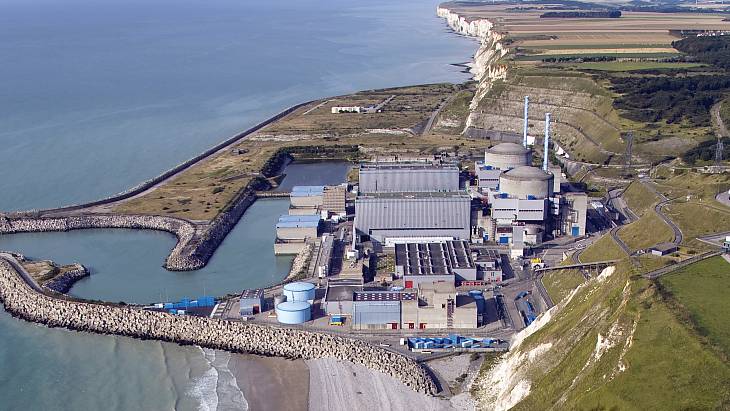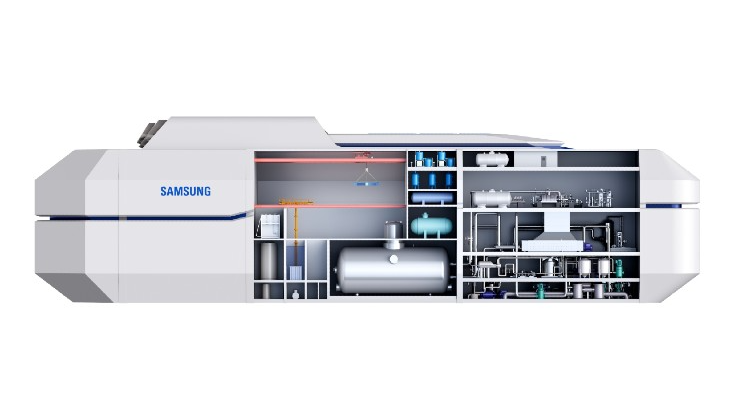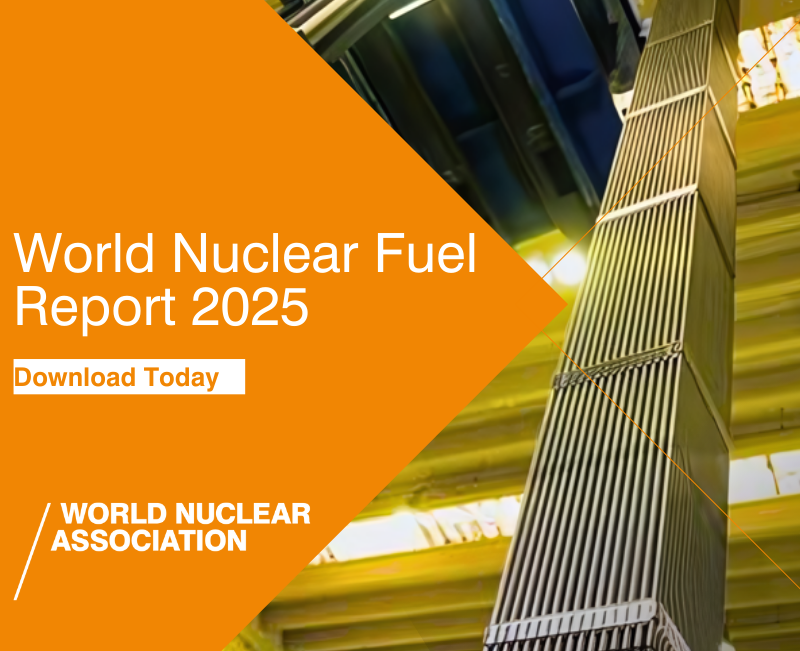The company is developing the XAMR, an advanced modular reactor, a molten salt fast neutron microreactor capable of producing 40 MWe of electricity/80 MWt of heat that will burn plutonium and by reusing long-lived nuclear waste help close the fuel cycle.
The XAMR uses sodium chloride (NaCl), in which actinides in the form of plutonium chloride and uranium chloride are dissolved. In the absence of an industrial sector to supply fuel for these innovative technologies, the synthesis of fuel salt is a key step for validating the project's feasibility. This involves developing a reproducible synthesis method to produce a pure fuel salt containing fissile materials.
Since 2024, through its joint laboratory – the Innovation Molten Salt Lab (IMSLab) – with the French National Centre for Scientific Research (CNRS) and Paris-Saclay University, Naarea has been working with the European Commission's Joint Research Centre (JRC) on the synthesis of NaCl-PuCl3 salt.
The focus of this collaboration is on validating a proliferation-resistant method of synthesising NaCl-PuCl3 salt from plutonium oxide (PuO2), via a pyrochemical process, as well as experimentally determining fundamental data related to this fuel. This strategic method, proposed by Naarea, is based on a process that involves bubbling gas through a mixture of NaCl and PuO2, brought to a high temperature. This process is implemented thanks to specific experimental equipment developed and operated by the JRC.
Naarea said that, at laboratory scale, this work demonstrated that bubbling a gas through a mixture of NaCl and PuO2 made it possible to quantitatively dissolve the plutonium oxide to form a plutonium chloride-based salt.
"Additional characterisation stages will follow to confirm the purity of the fuel salt and determine its fundamental properties, which is vital to the development of the molten salt reactor industry," Naarea said.
It added: "This experimental validation work with plutonium represents an initial step in the fuel cycle strategy developed by Naarea, validating the synthesis method's feasibility and potential. Process engineering and scale-up tests will be carried out, in particular in the short term on simulants of radioactive materials in the experimental facilities of the I-Lab, Naarea's 2,400-square-metre test facility located in Cormeilles-en-Parisis."
Molten Salt Reactors (MSRs) use molten fluoride salts as primary coolant, at low pressure. They may operate with epithermal or fast neutron spectrums, and with a variety of fuels. Much of the interest today in reviving the MSR concept relates to using thorium (to breed fissile uranium-233), where an initial source of fissile material such as plutonium-239 needs to be provided. There are a number of different MSR design concepts, and a number of interesting challenges in the commercialisation of many, especially with thorium.

_66787.jpg)



_47120.jpg)

_23621.jpg)






